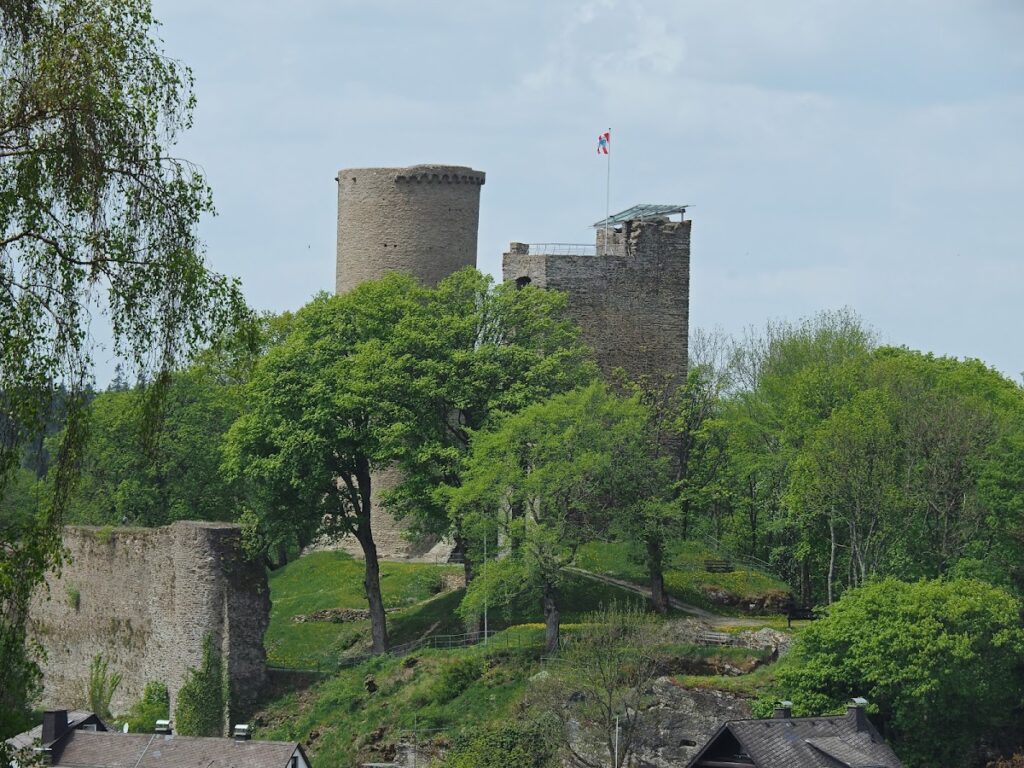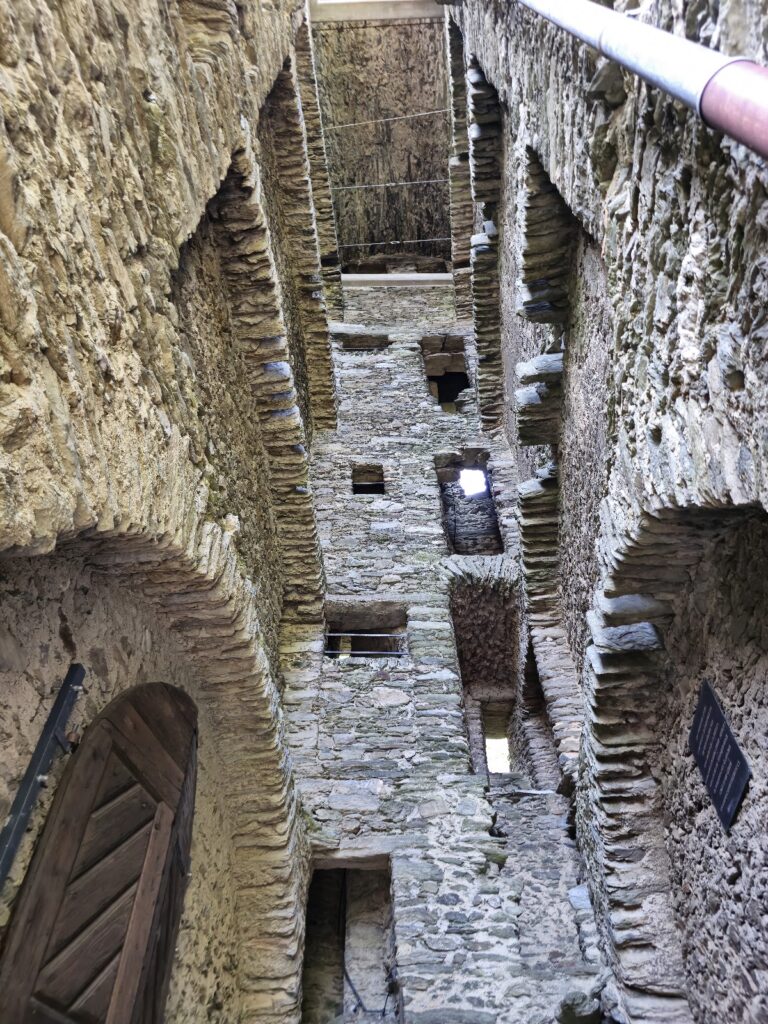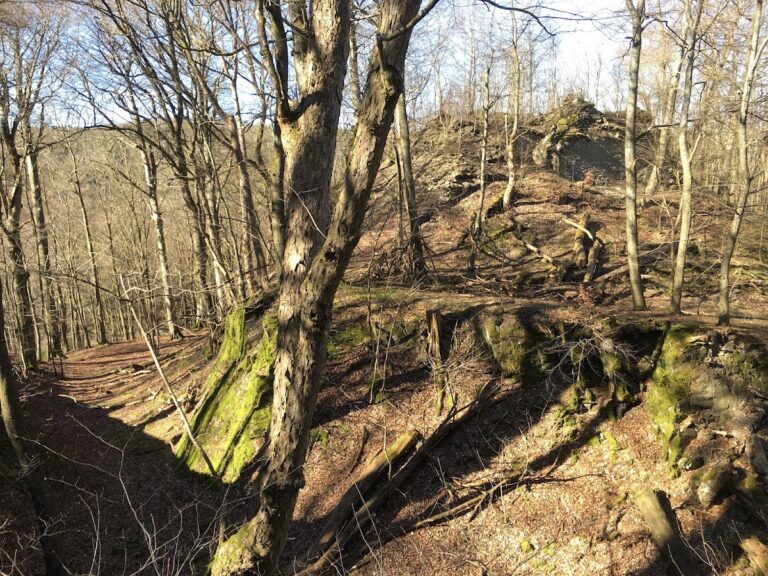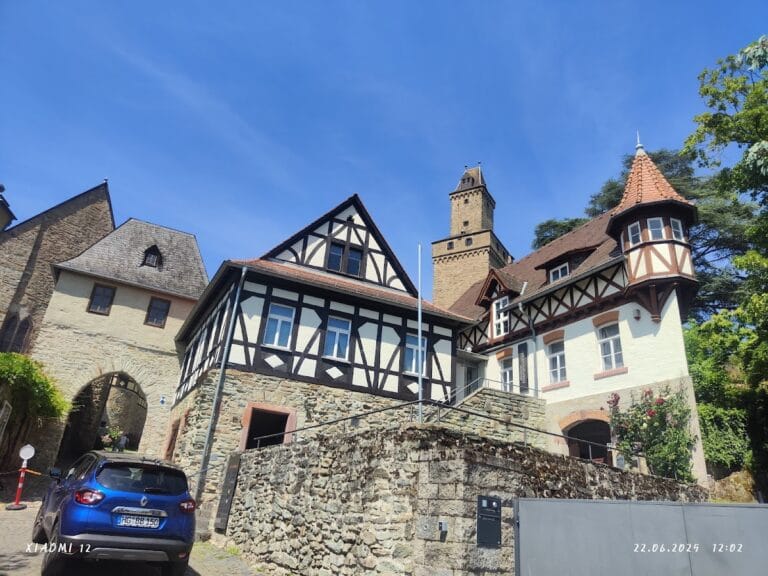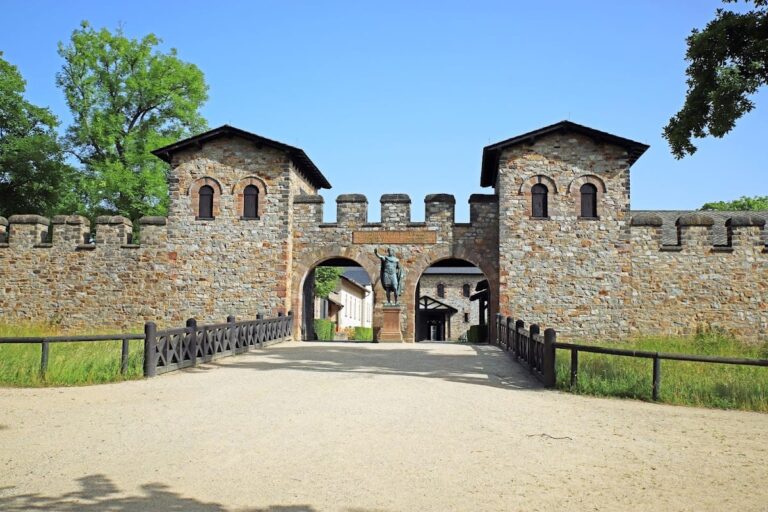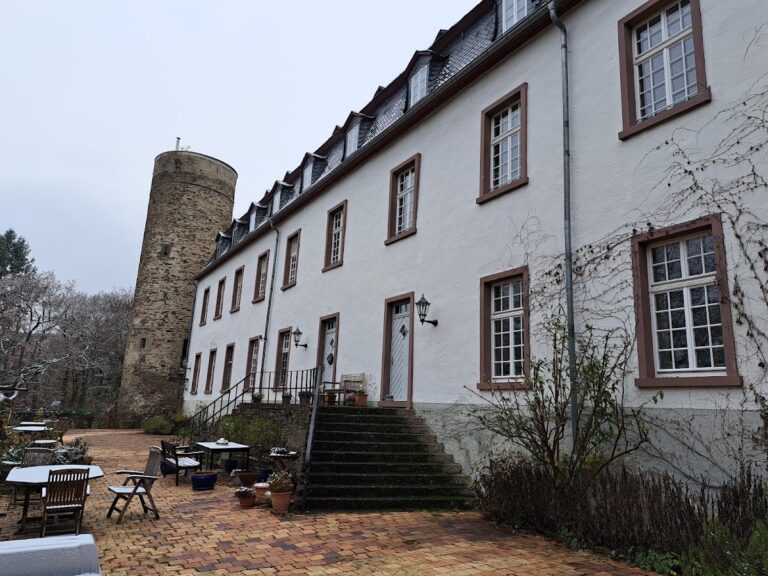Burg Reifenberg: A Medieval Castle in Schmitten, Germany
Visitor Information
Google Rating: 4.5
Popularity: Low
Google Maps: View on Google Maps
Official Website: www.schloesser-hessen.de
Country: Germany
Civilization: Unclassified
Remains: Military
History
Burg Reifenberg is a medieval castle situated in Schmitten, Germany, within the Taunus region. Constructed by Germanic nobility, it likely originated during the 10th or 11th century, although its first recorded mention dates from 1331. The castle was closely connected to the Reiffenberger family, who governed the surrounding territory known as the Reifenberg lordship.
The Reiffenbergers, possibly related to the Hattstein family, established the castle as their stronghold after the neighboring Burg Hattstein, located about 1.5 kilometers away, became inadequate in size. Throughout the 14th century and beyond, the residents of Burg Reifenberg were engaged in numerous feuds. These conflicts involved regional powers including the Falkensteiners of Königstein, the lords of Kronberg, the free imperial city of Frankfurt, and the Archbishopric of Mainz. Internal disputes also arose between different branches of the Reiffenberger family, reflecting the complex political landscape of the time.
A significant episode in the castle’s history occurred during the Hattsteiner Fehde, a war lasting from 1428 to 1435. During this conflict, the Reiffenberger allied themselves with Frankfurt and the Archbishopric of Mainz to attack and capture Burg Hattstein in 1432. The captured fortress was ultimately destroyed in 1467. In 1560, Friedrich von Reiffenberg, belonging to the Weller branch of the family, took possession of Burg Reifenberg from another Reiffenberger line based in Wetterau. Later, in 1587, Friedrich burned down the castle.
Following this destruction, the castle was reconstructed but sustained significant damage during the Thirty Years’ War (1618–1648). In 1632, Swedish troops temporarily seized Burg Reifenberg, and it fell again to imperial forces in 1644. The castle faced destruction once more in 1646 but was repaired in the aftermath of the Peace of Westphalia in 1648.
The male line of the Reiffenberger family in the Wetterau area ended with the death of Philipp Ludwig in 1686. Ownership of the castle then transferred to Count Johann Lothar Waldbott von Bassenheim, Philipp Ludwig’s brother-in-law. The castle’s long history of conflict finally ended when it was destroyed outright in 1689 amid the War of the Palatine Succession.
Remains
Burg Reifenberg’s ruins reveal a layout typical of medieval German hill castles, consisting primarily of a residential tower, a bergfried (a tall defensive tower), and surrounding fortifications. The site is characterized by sturdy stone construction that reflects its defensive purpose.
The residential tower, rectangular in shape, measures approximately 4.5 by 11 meters and rises to 19 meters in height. Its walls are about 0.8 meters thick, providing robust protection. Inside, it once contained five floors, each offering roughly 17 square meters of living space. Today, the tower is partially open to the elements but has been sheltered by a modern protective roof, installed after careful negotiation with monument preservation authorities. The roof is made of metal and glass, replacing an originally proposed oak and slate design. Visitors can reach a viewing platform near the top by ascending a narrow stone spiral staircase, which leads to a vantage point offering views across Oberreifenberg and the nearby Großer Feldberg.
Dominating the fortifications is the round bergfried, which stands 25 meters tall and features a diameter of 8.5 meters. Its walls are exceptionally thick, measuring 2.5 meters, a common characteristic intended to withstand siege weaponry. The entrance to this main tower sits about 8 meters above ground level, a defensive measure to prevent easy access. This elevated doorway emphasizes the tower’s role as a last refuge during attacks.
Further enhancing the castle’s defenses is a massive shield wall, with a thickness reaching 4 meters. This formidable barrier would have provided protection against frontal assaults. Beyond these main structures, smaller remnants of the original complex survive across the site, scattering insights into the castle’s former extent.
Overall, the remains of Burg Reifenberg stand as a testament to its turbulent history and the architectural strategies employed to defend a noble family’s domain over several centuries. The conservation efforts led by local preservation groups have helped to protect these features, ensuring that this historical monument endures for study and appreciation.
